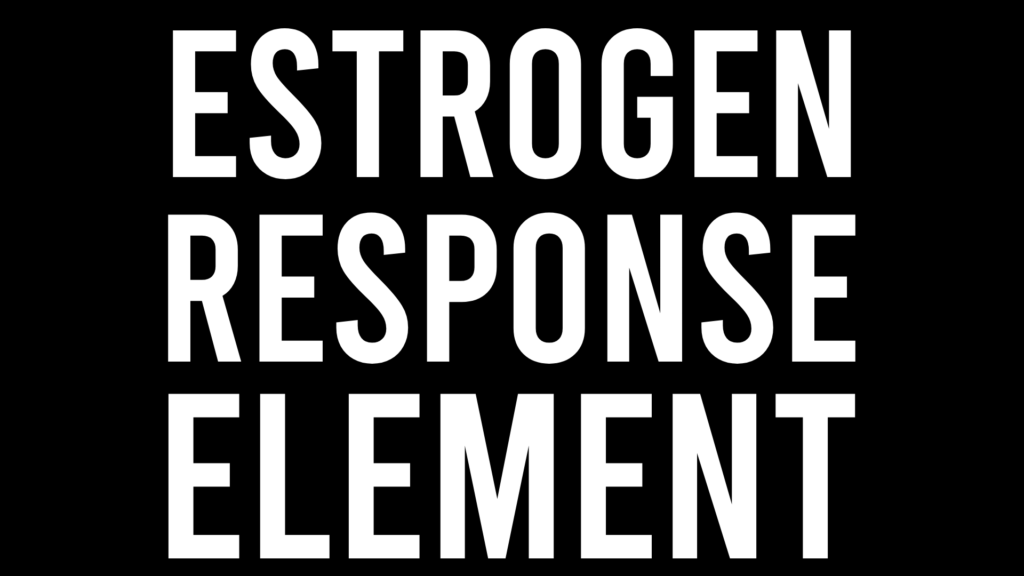Which genes contain half-palindromic Estrogen Response elements (ERES), and what is the impact of these elements in regulating gene expression in response to estrogen?
Estrogens regulate gene expression by binding to specific DNA sequences called estrogen response elements (ERES). While the consensus ERE sequence, GGTCAnnnTGACC, is a common pattern found in many EREs, Half-palindromic EREs are imperfect palindromic sequences that only partially resemble the consensus ERE. In some cases, half-palindromic ERES can work together in a cooperative manner to […]
